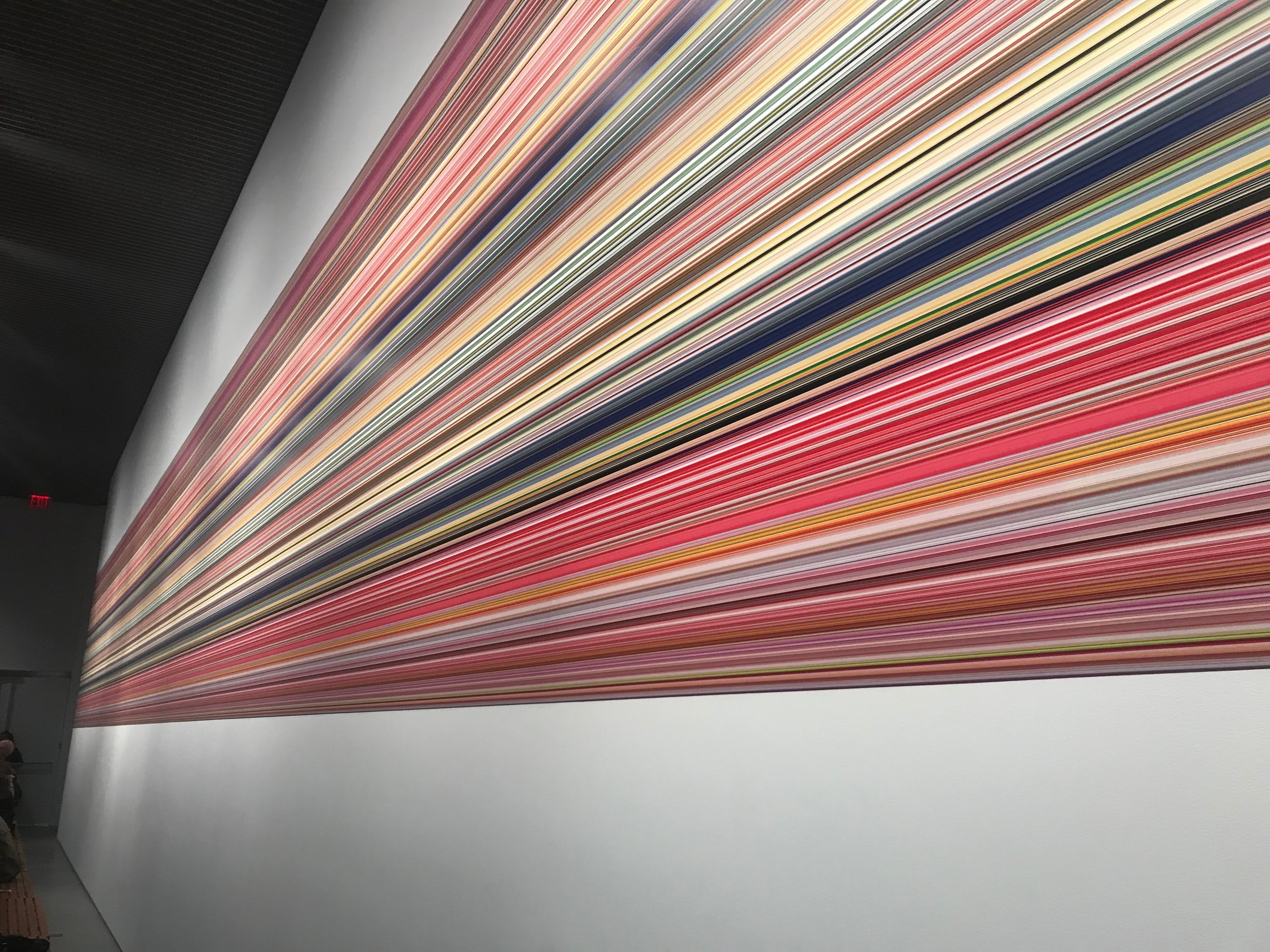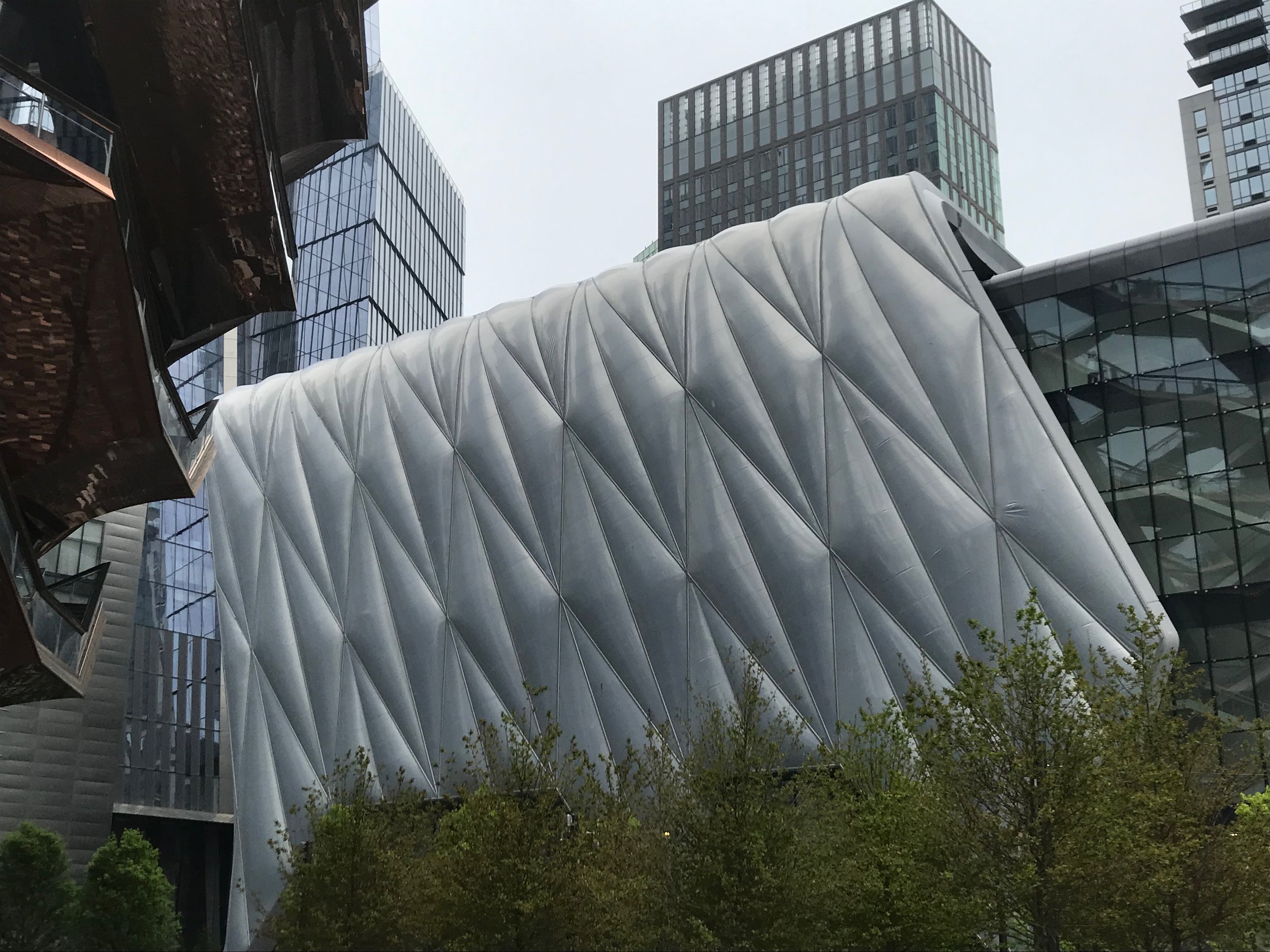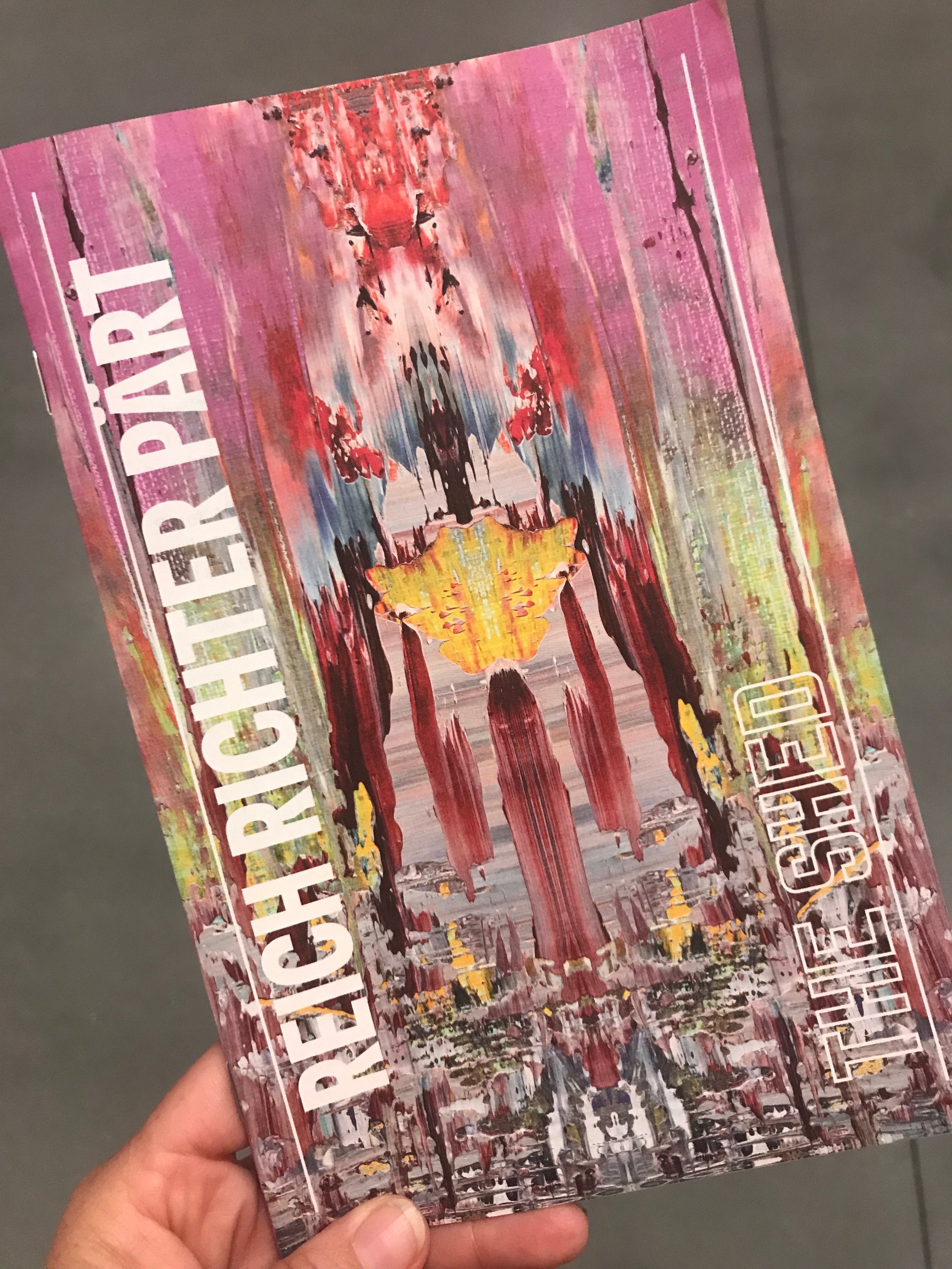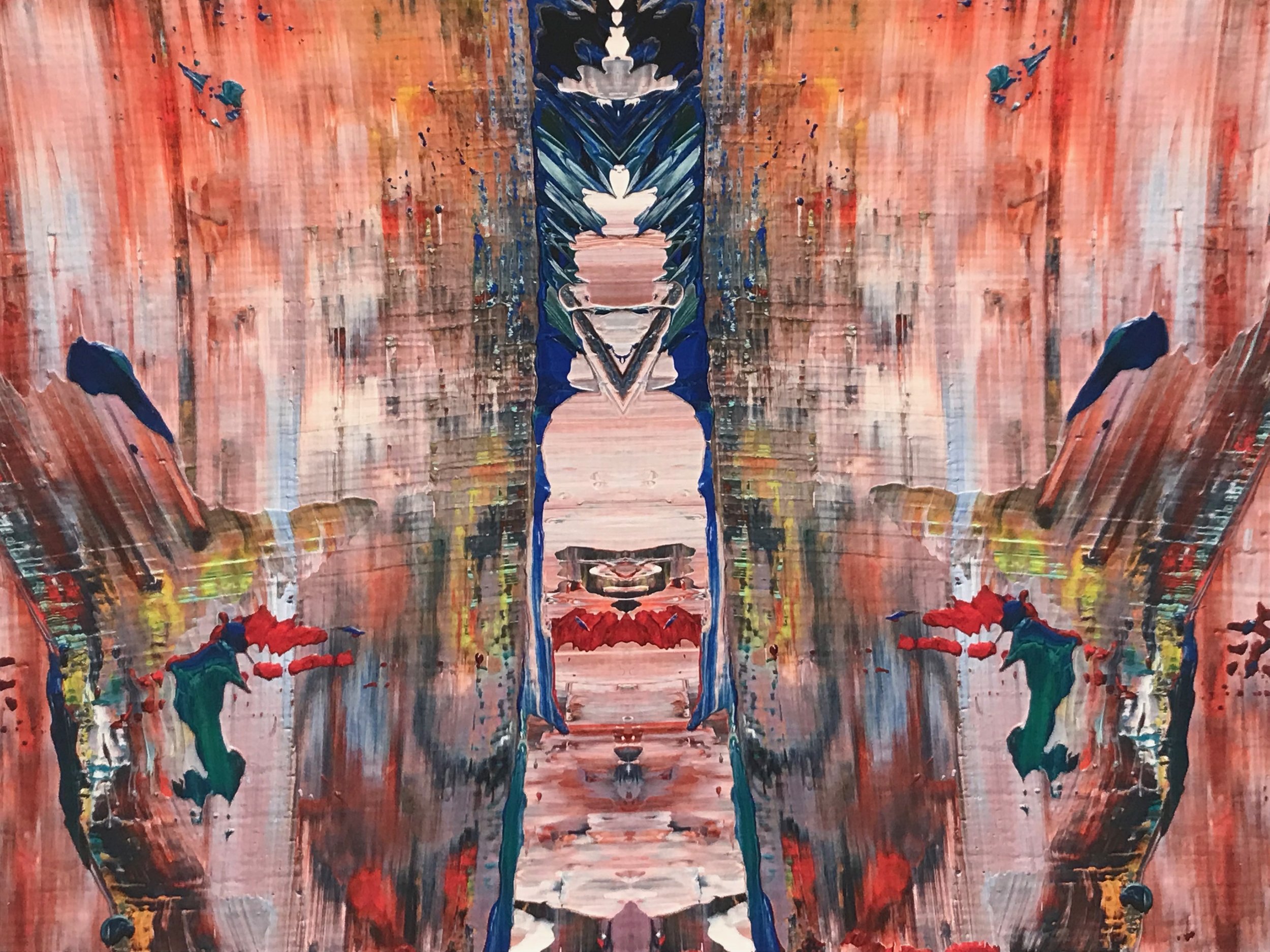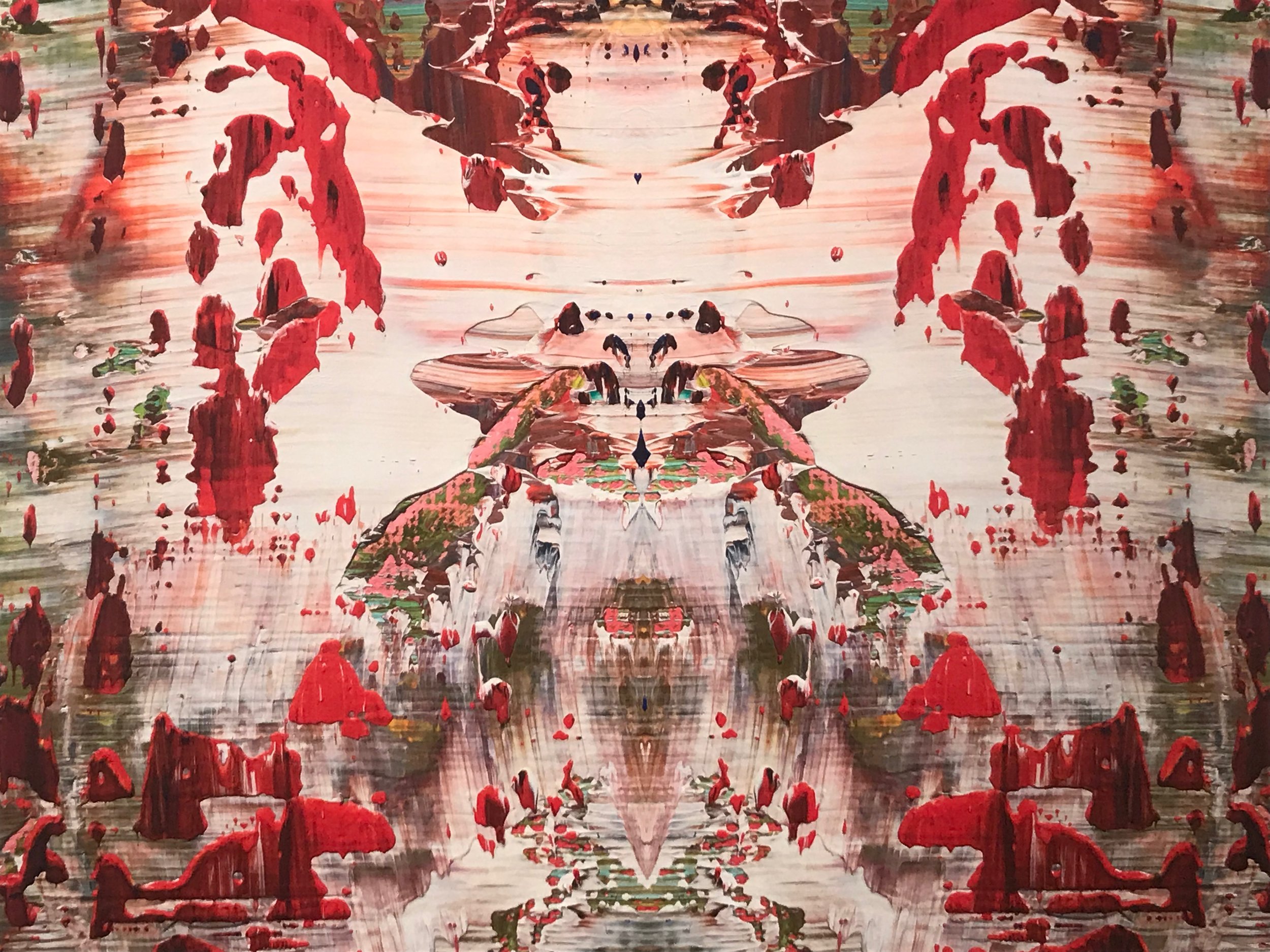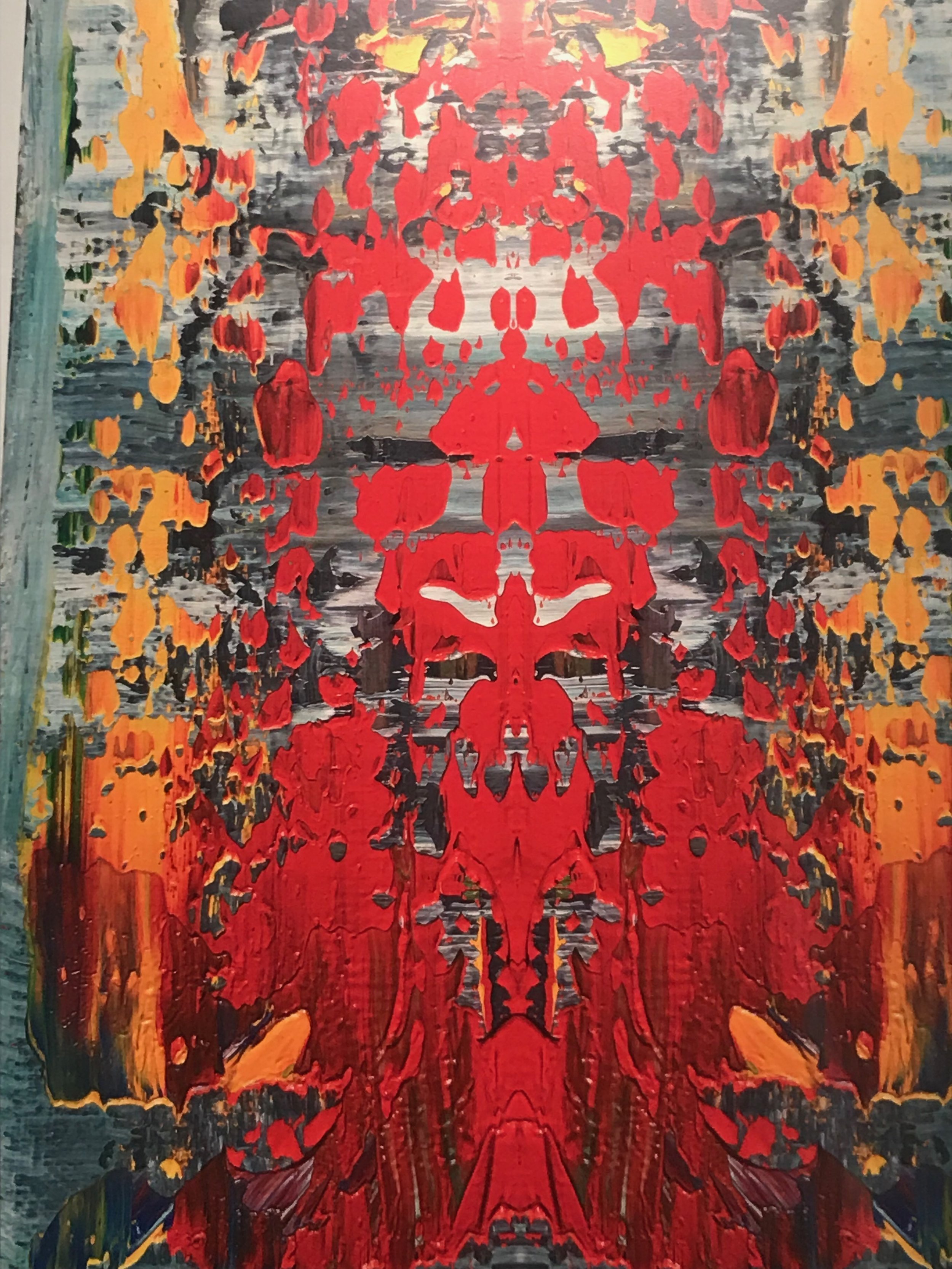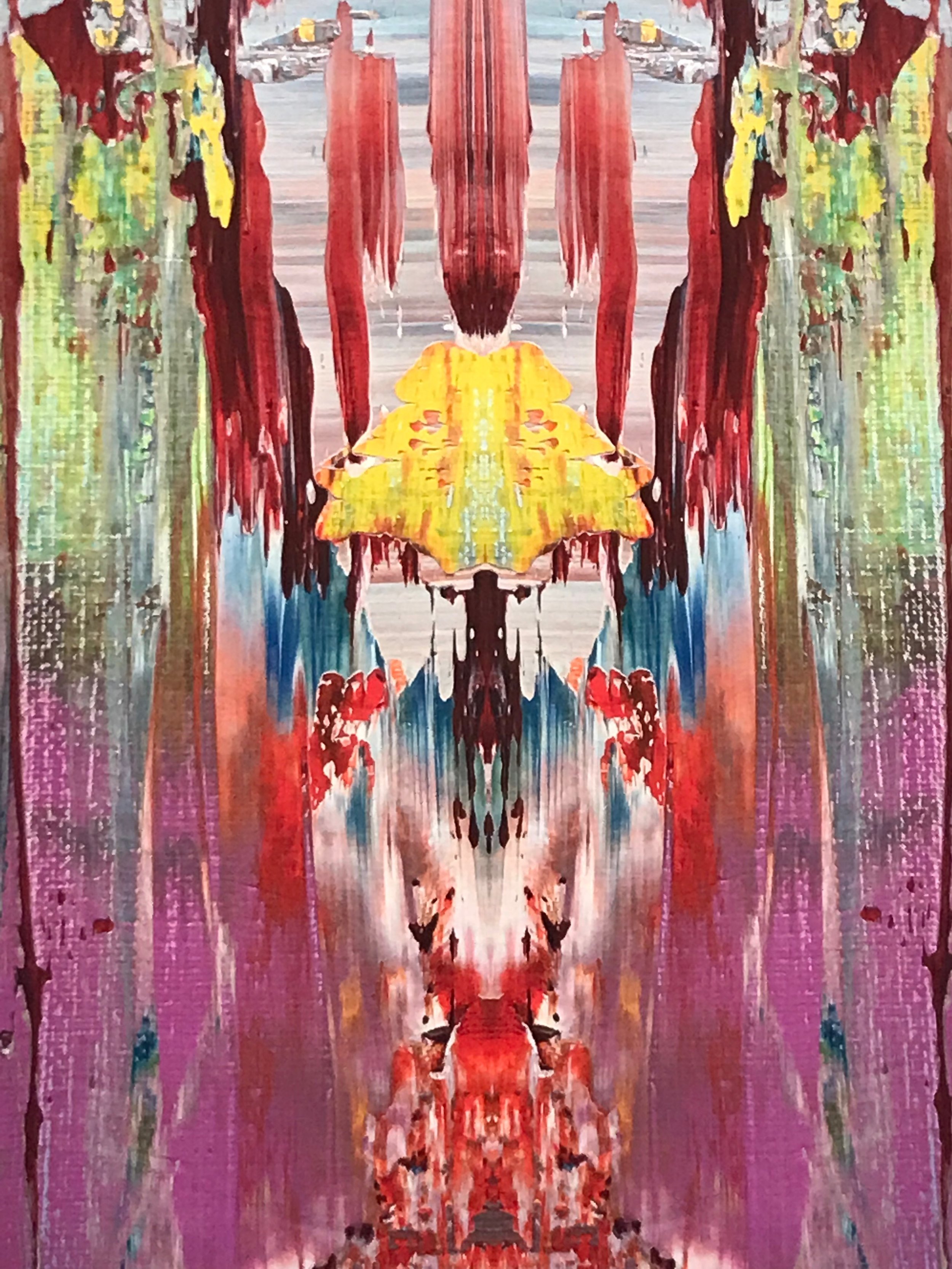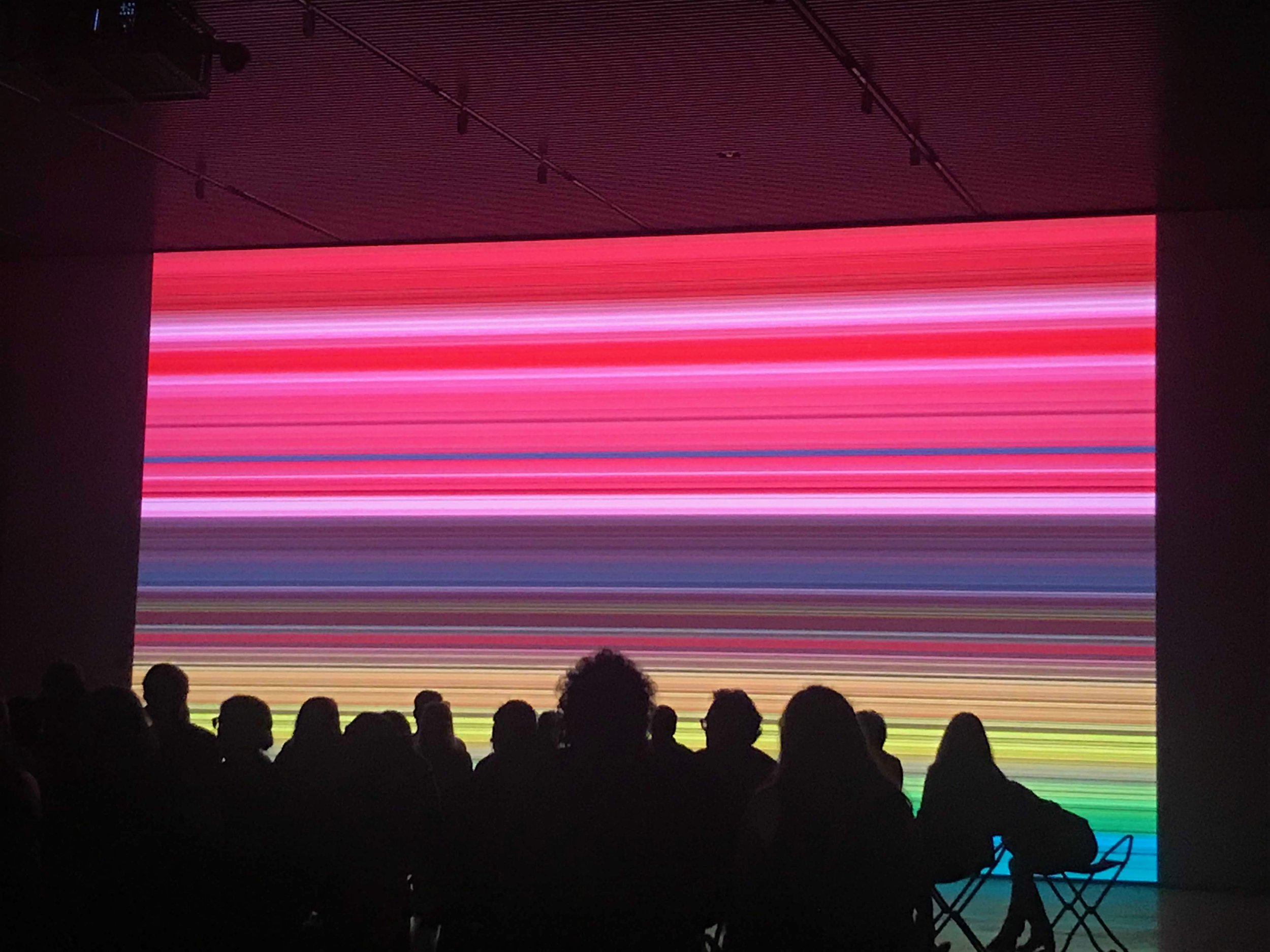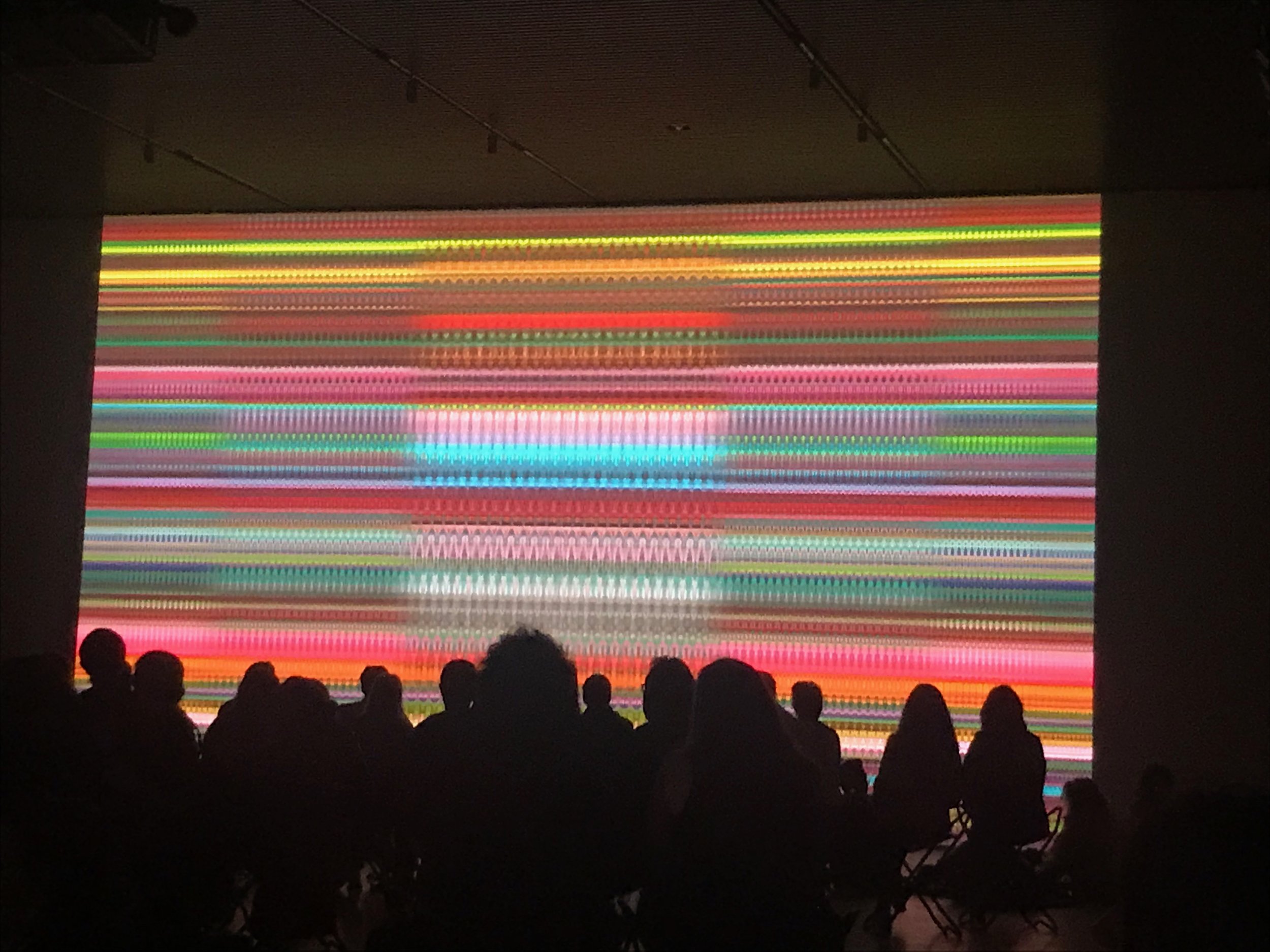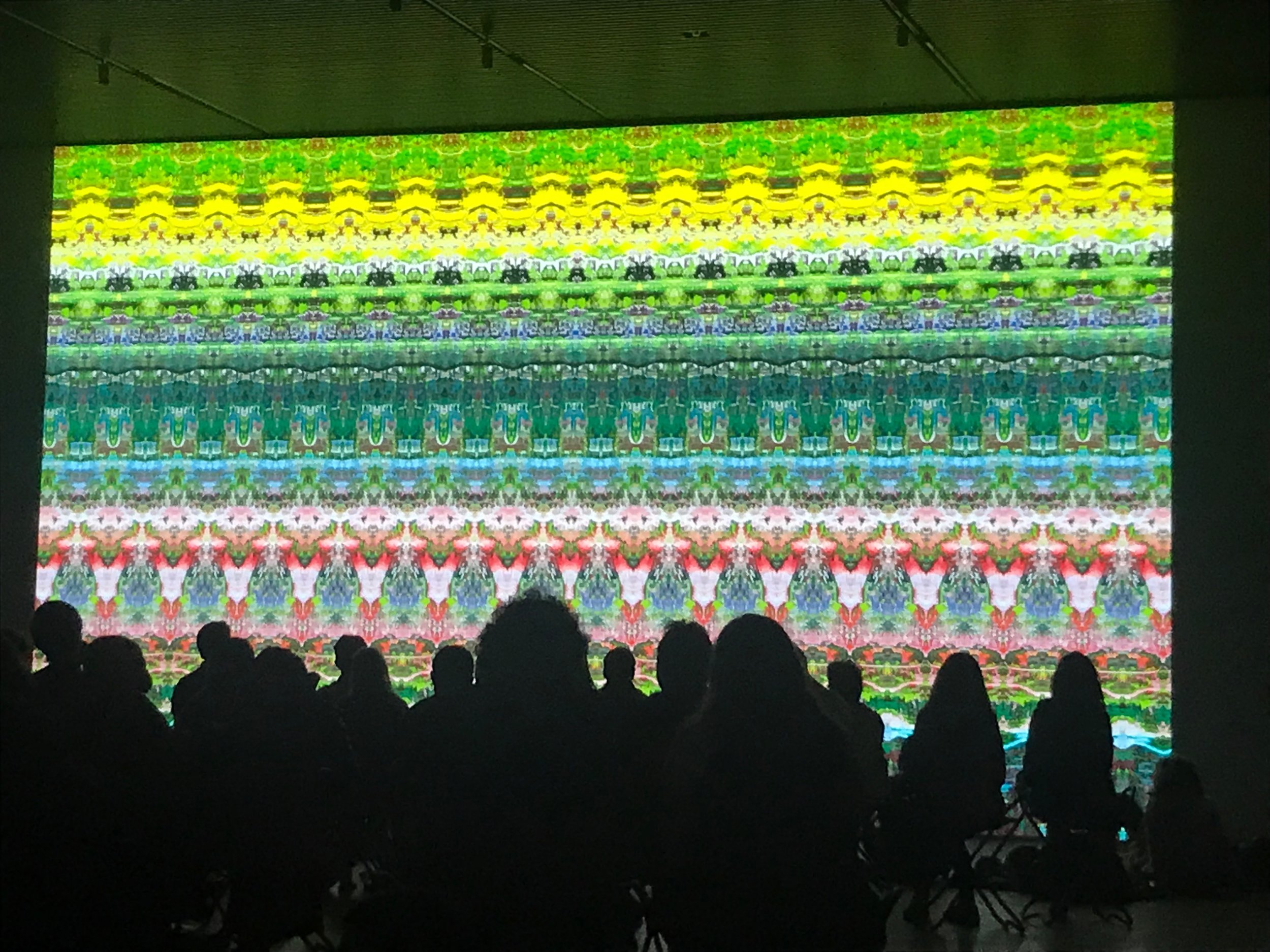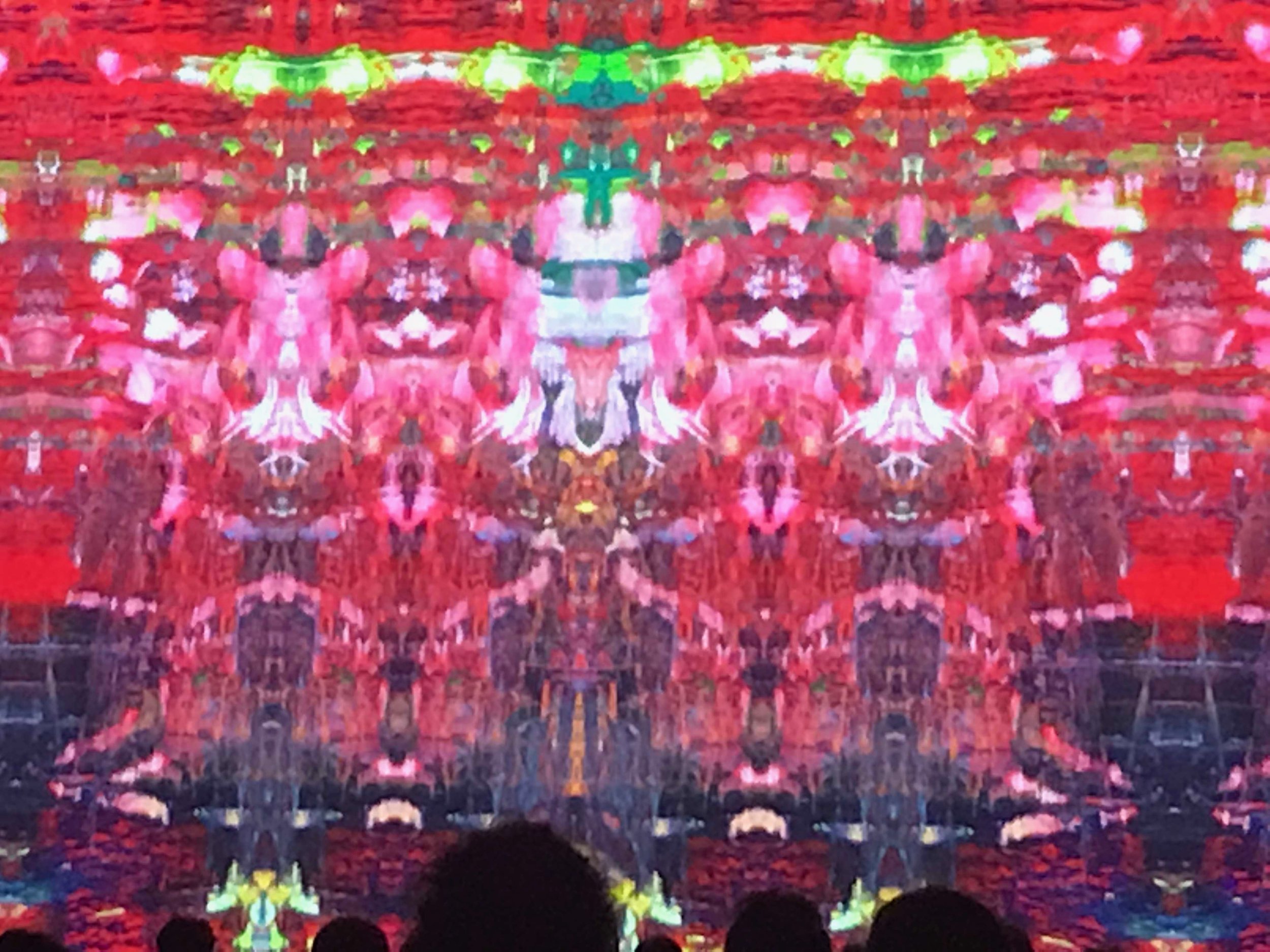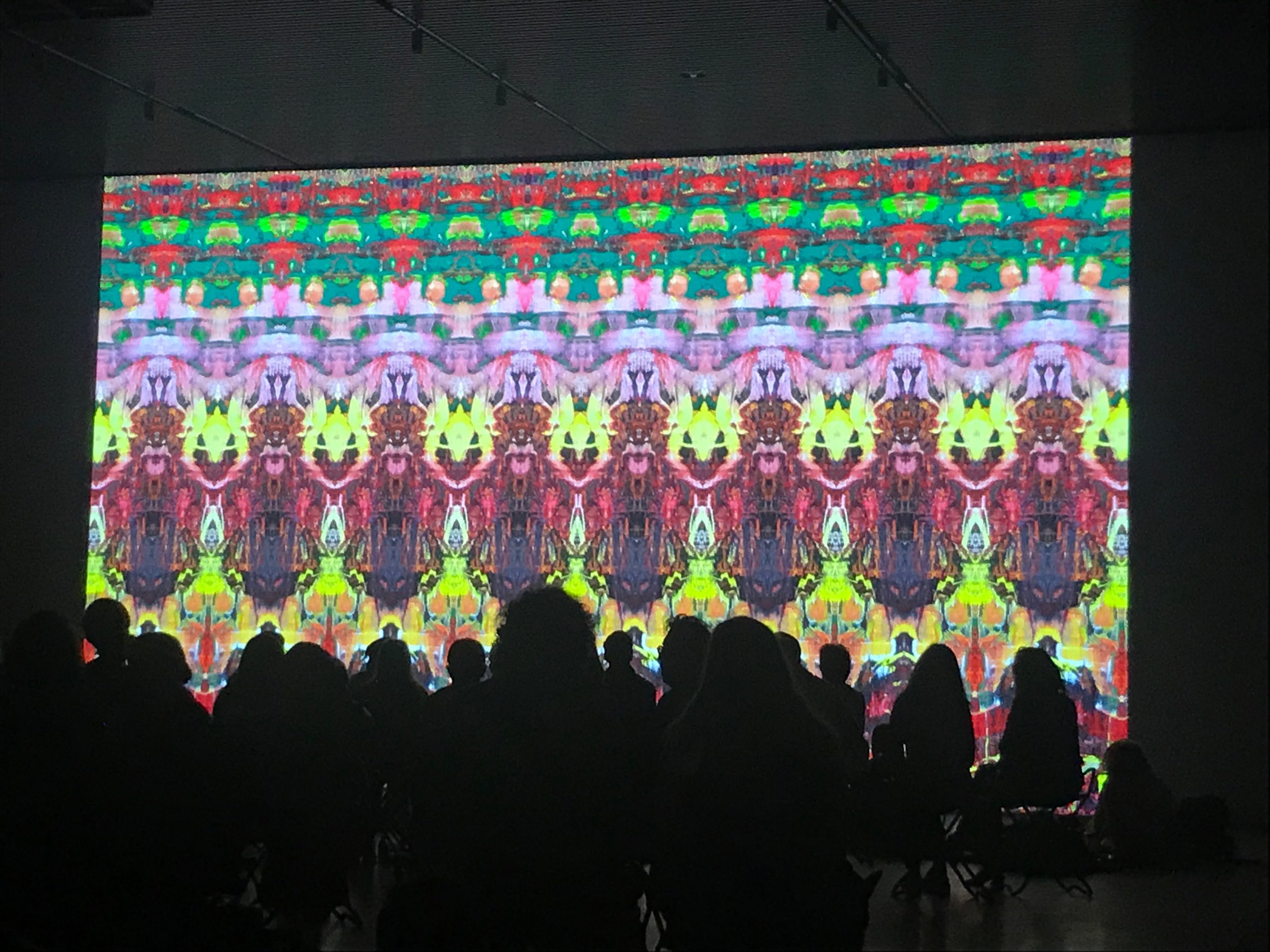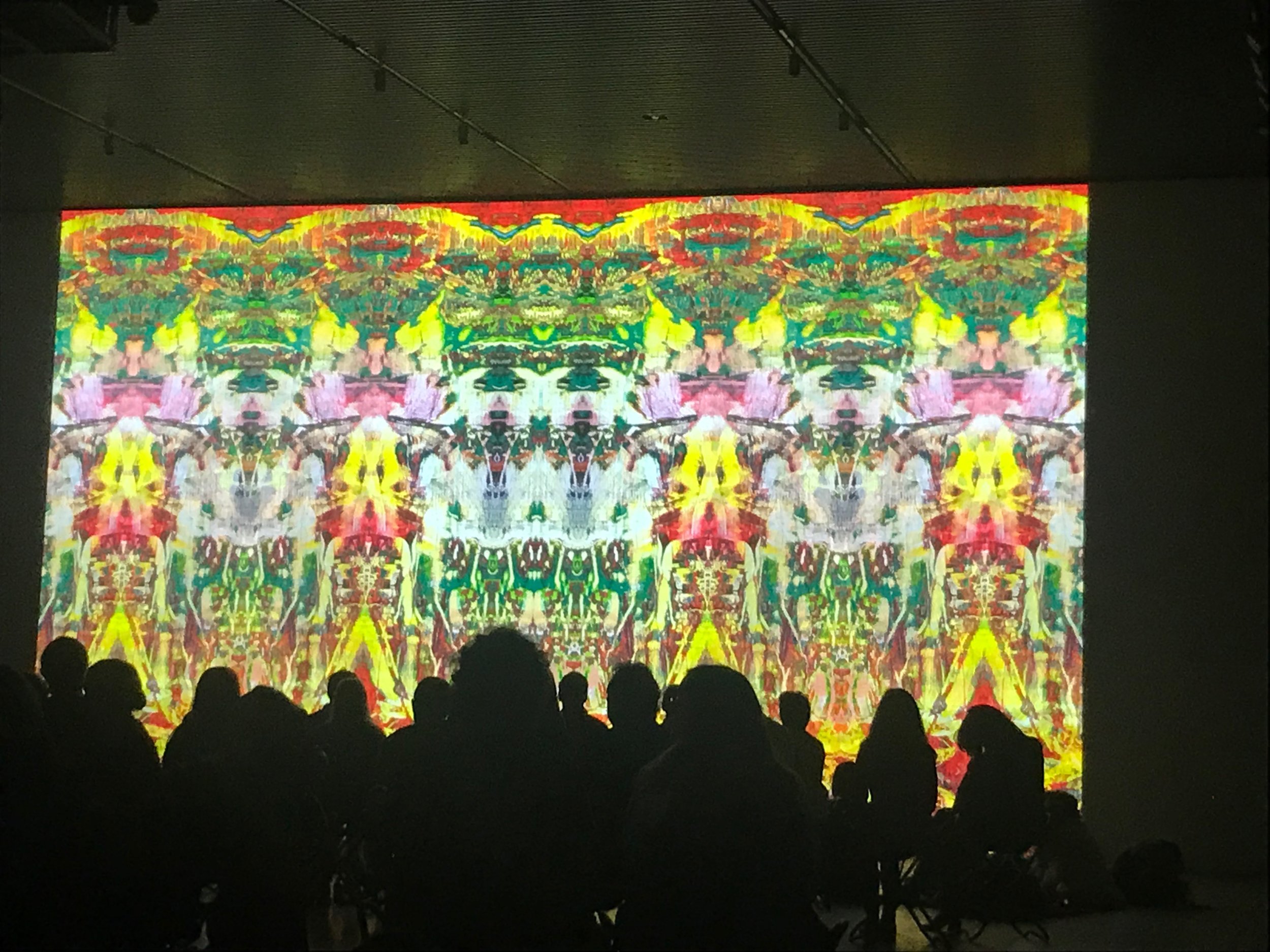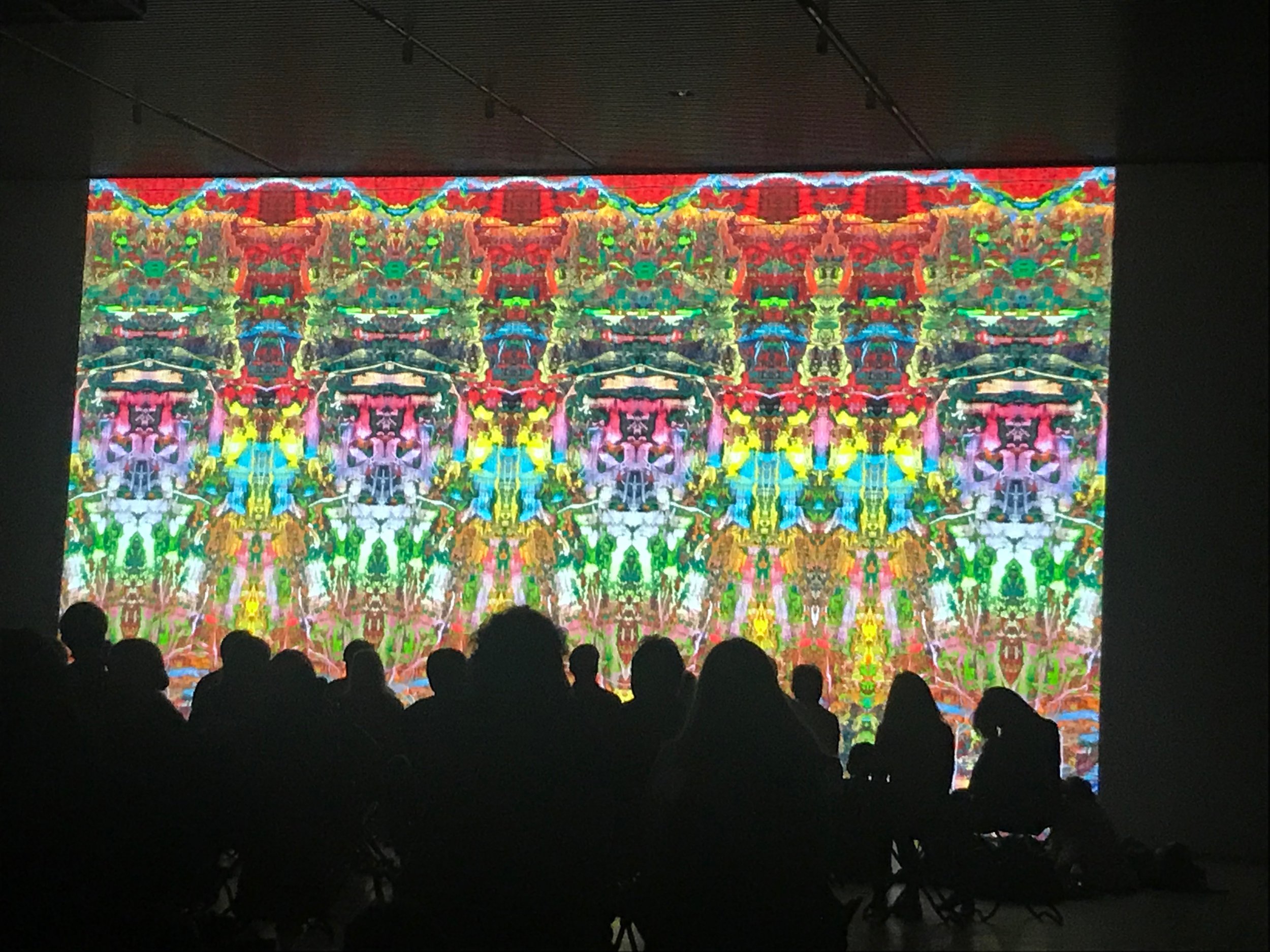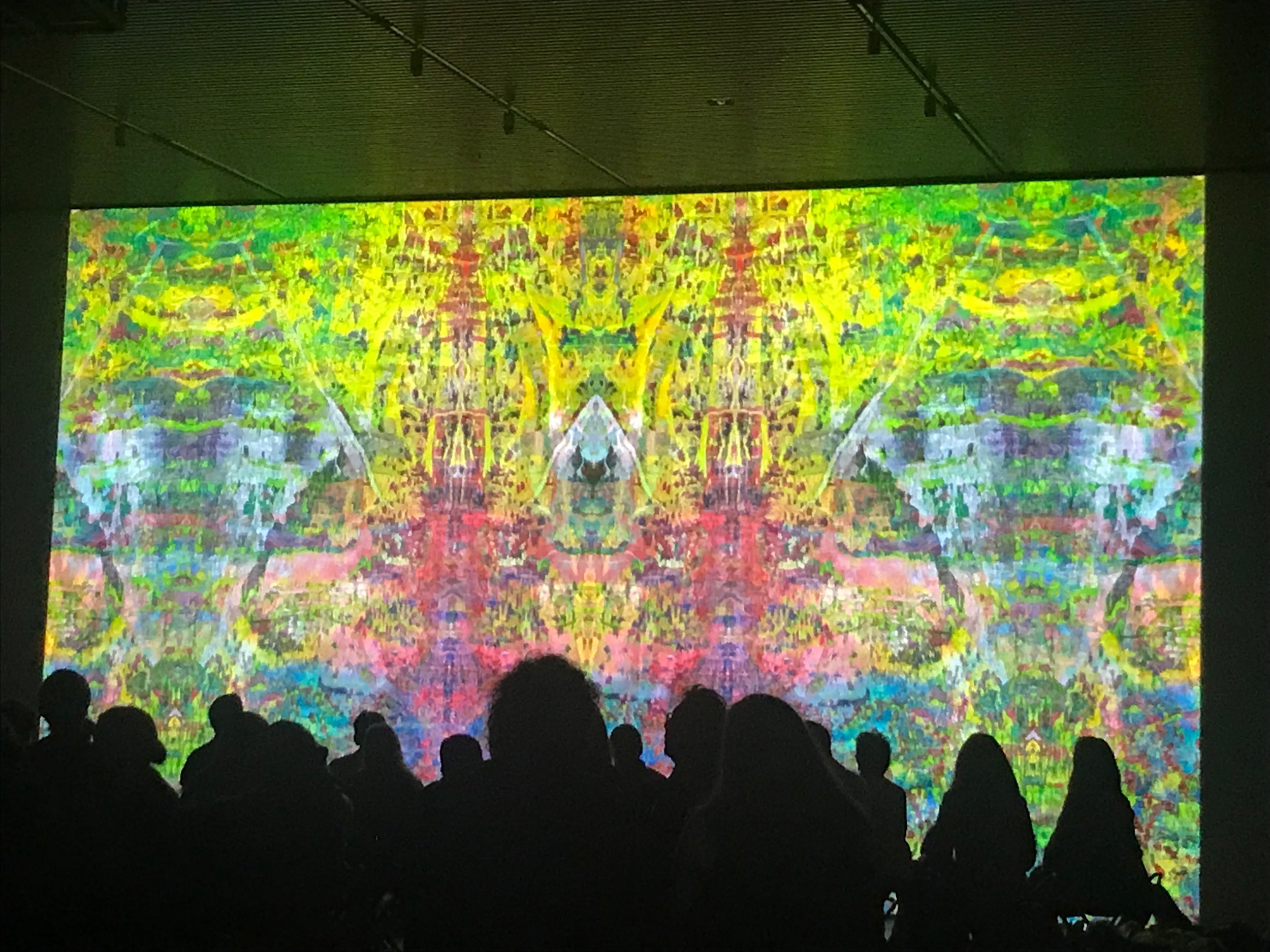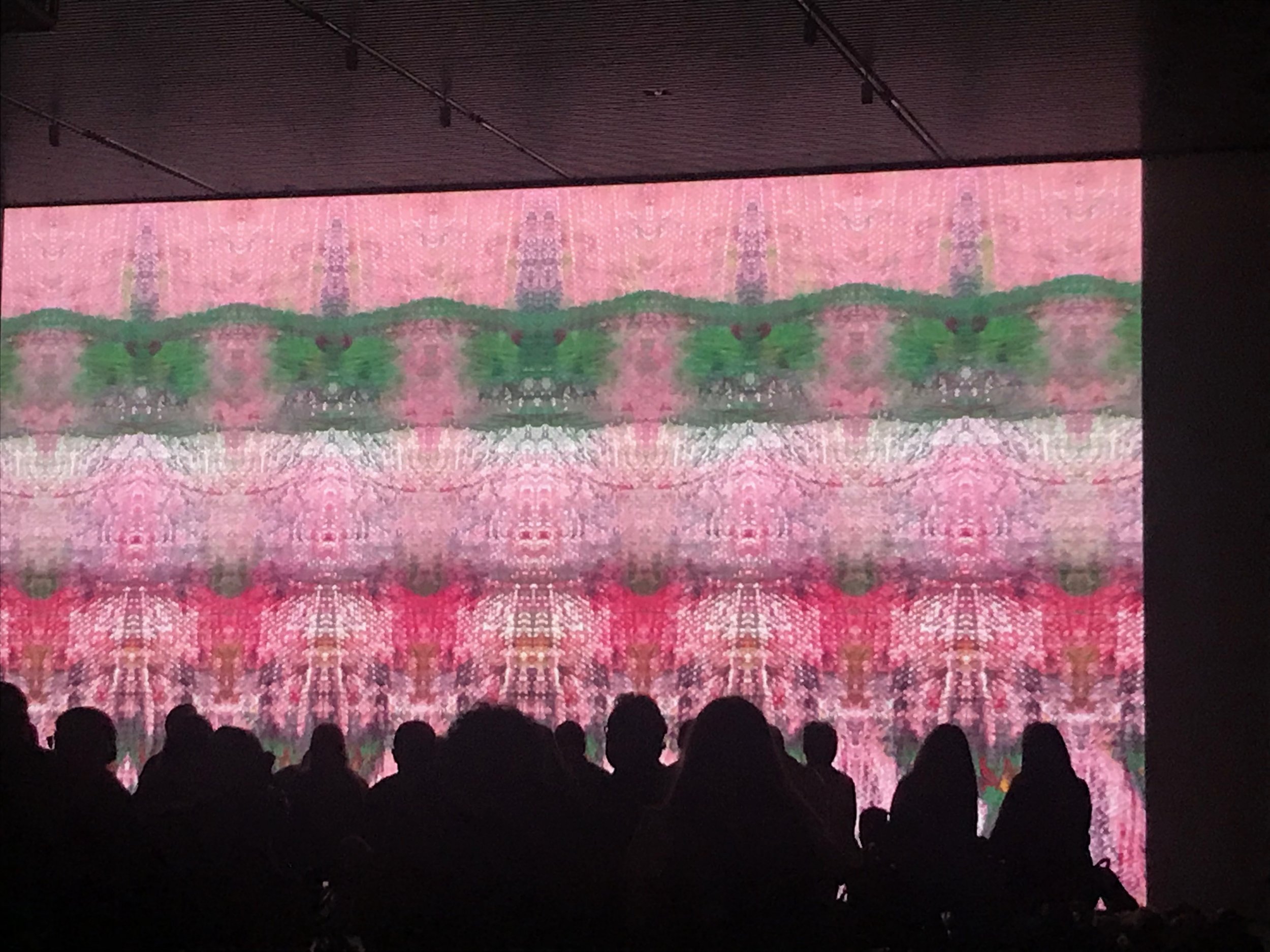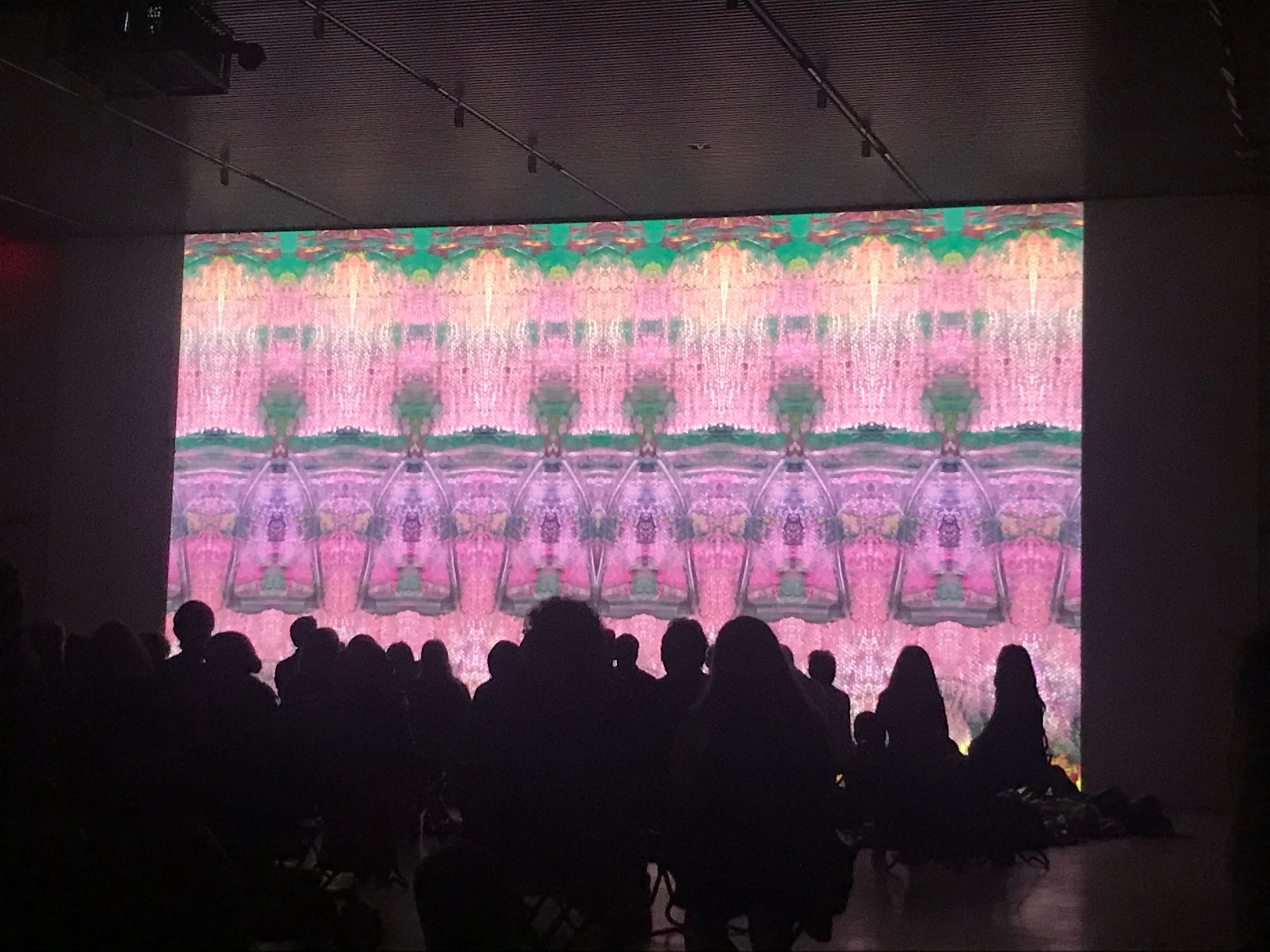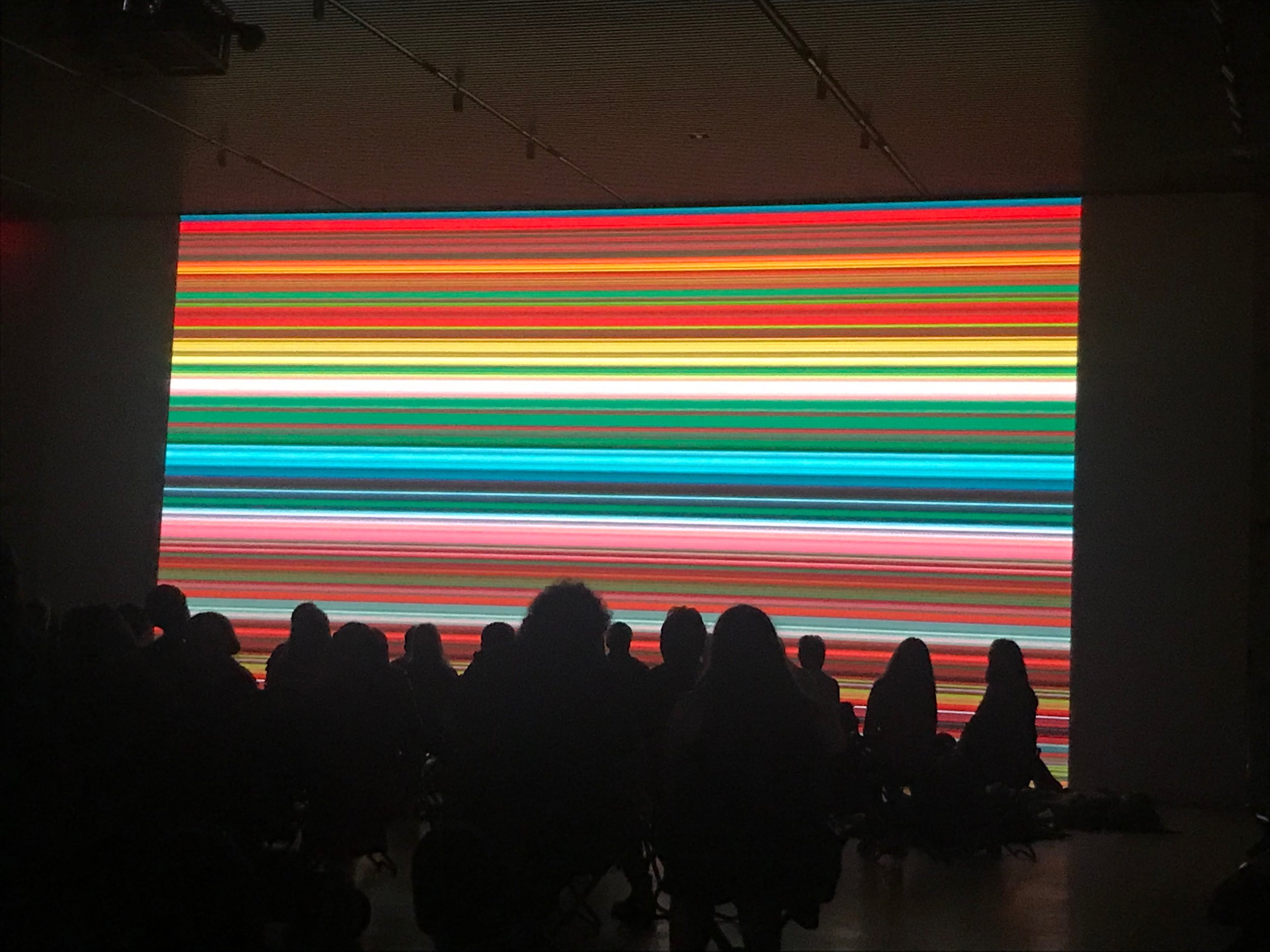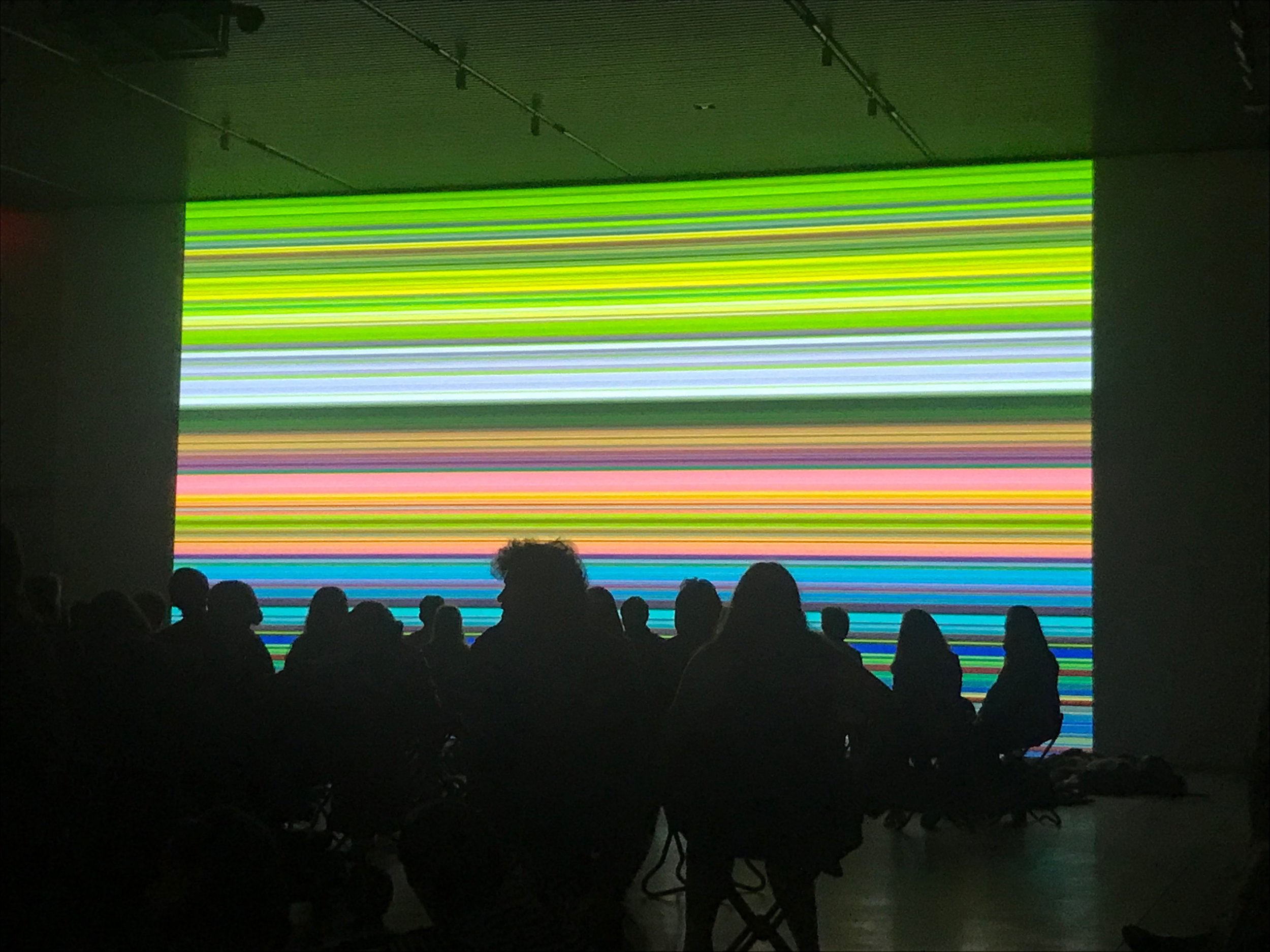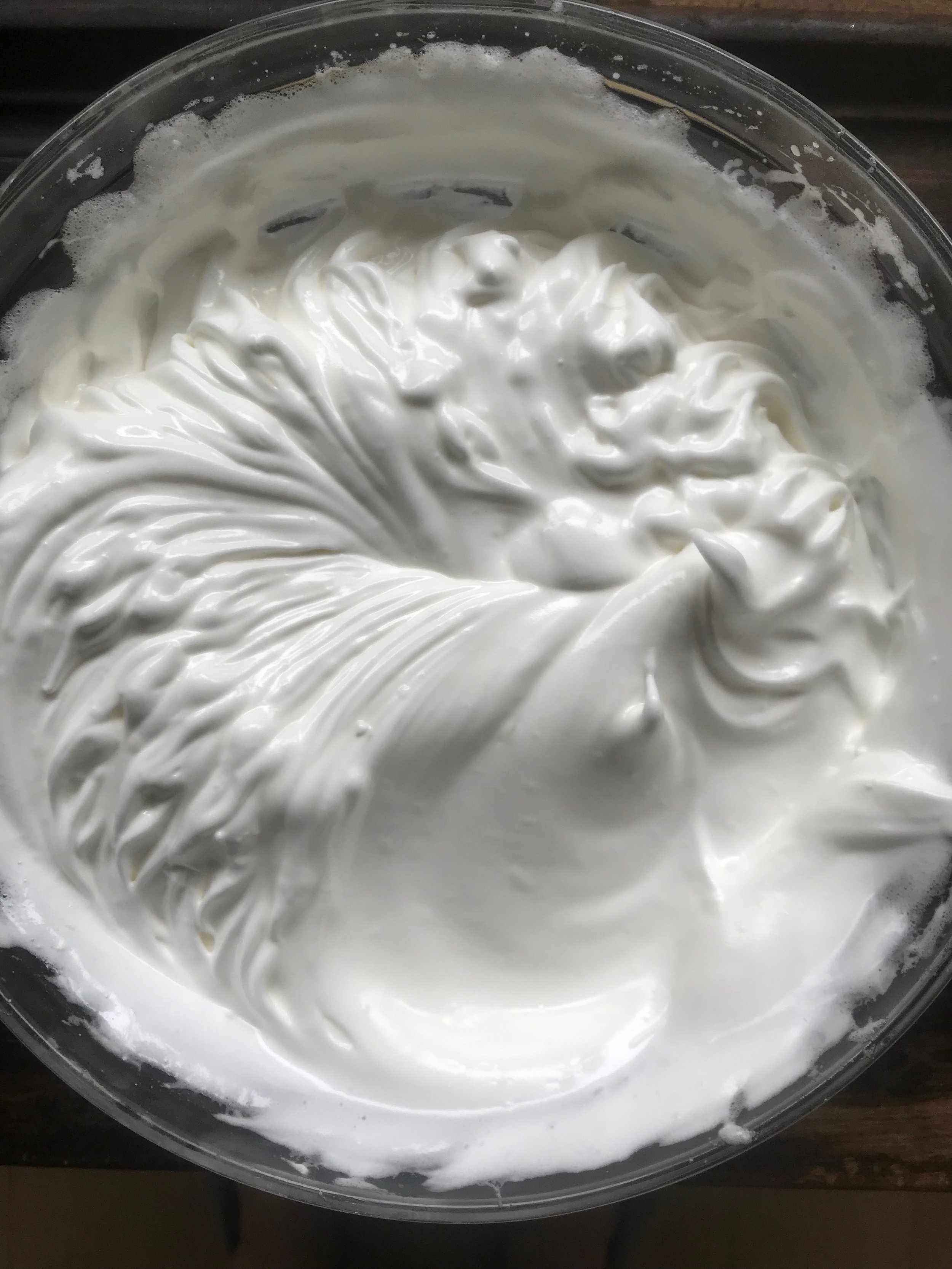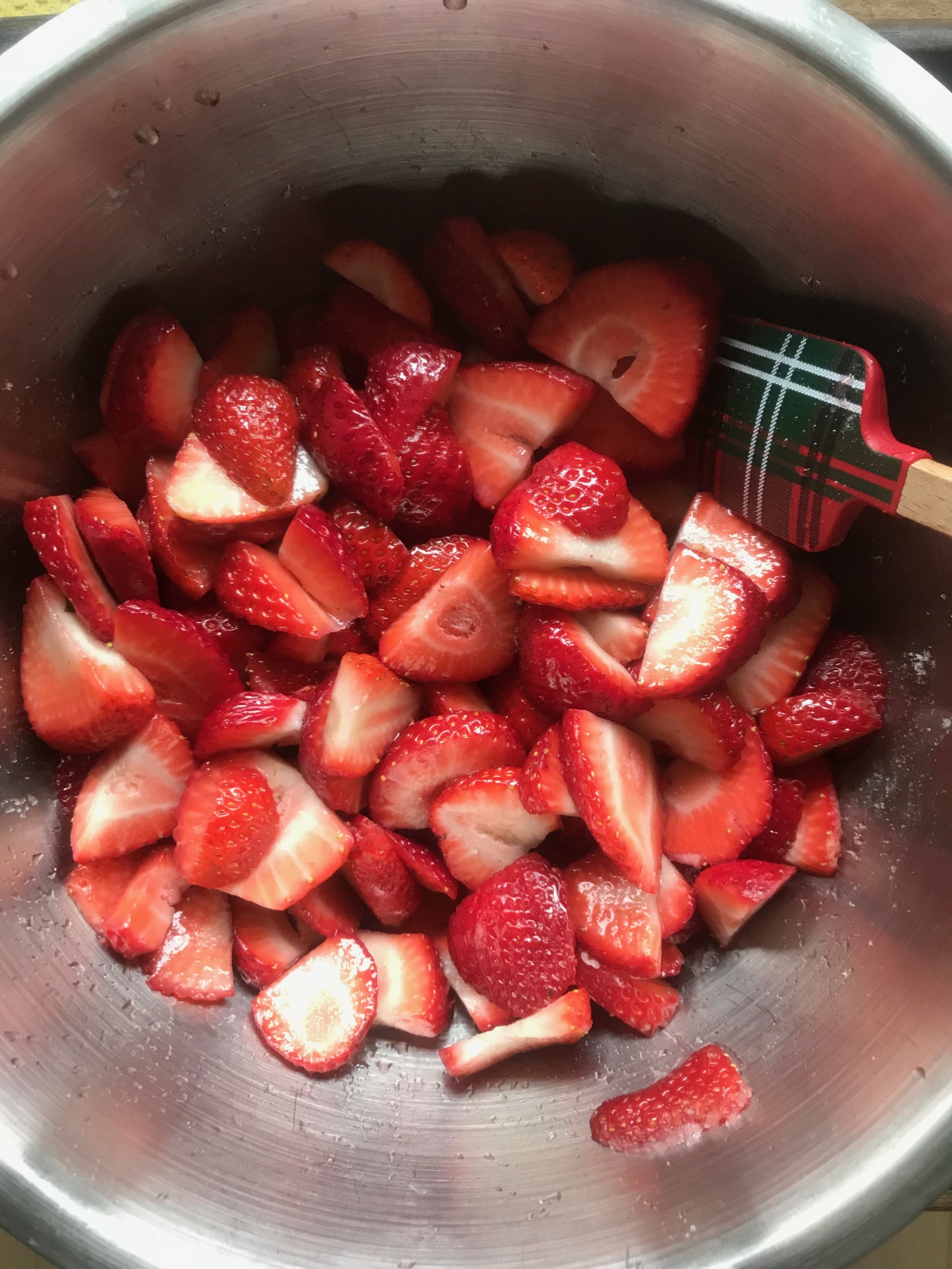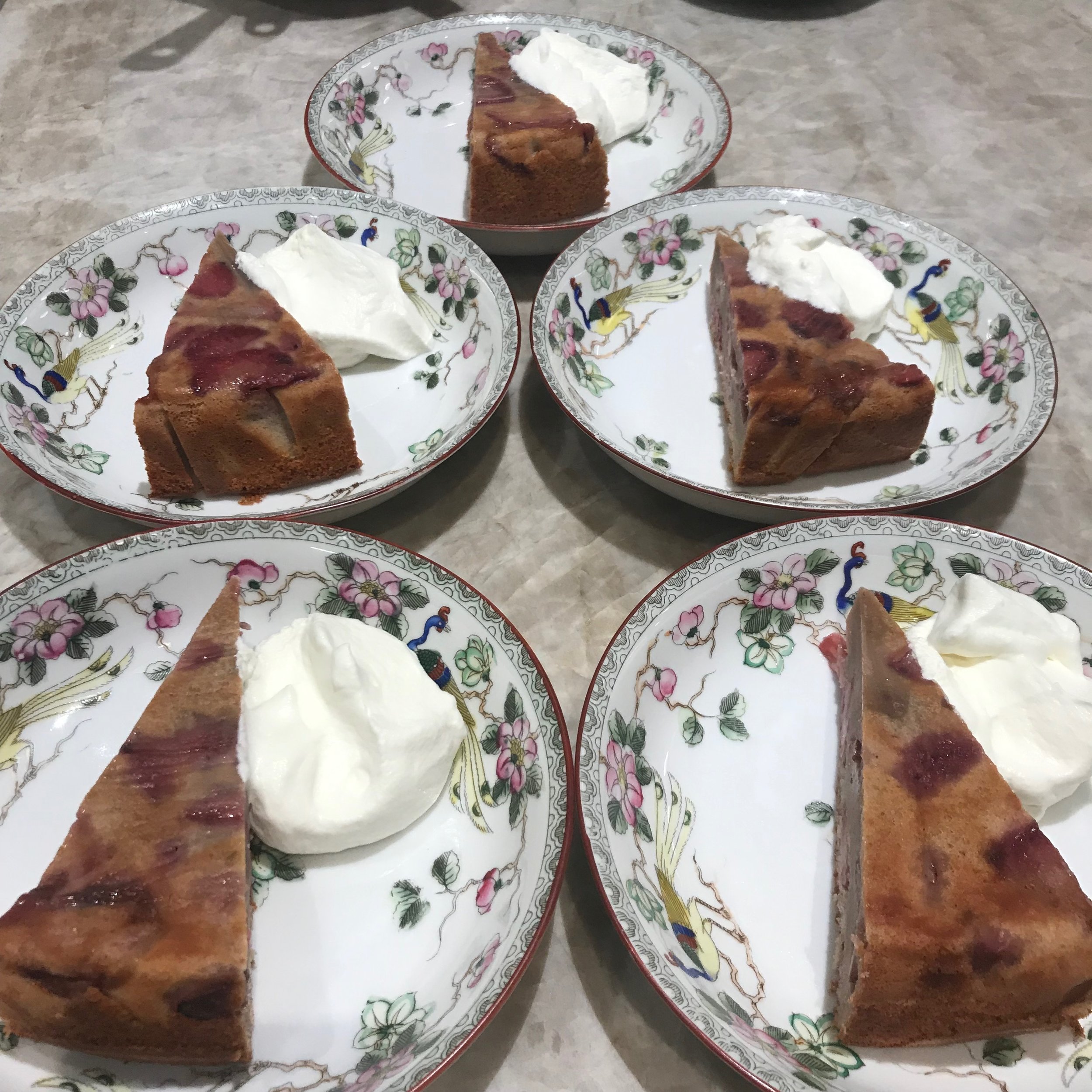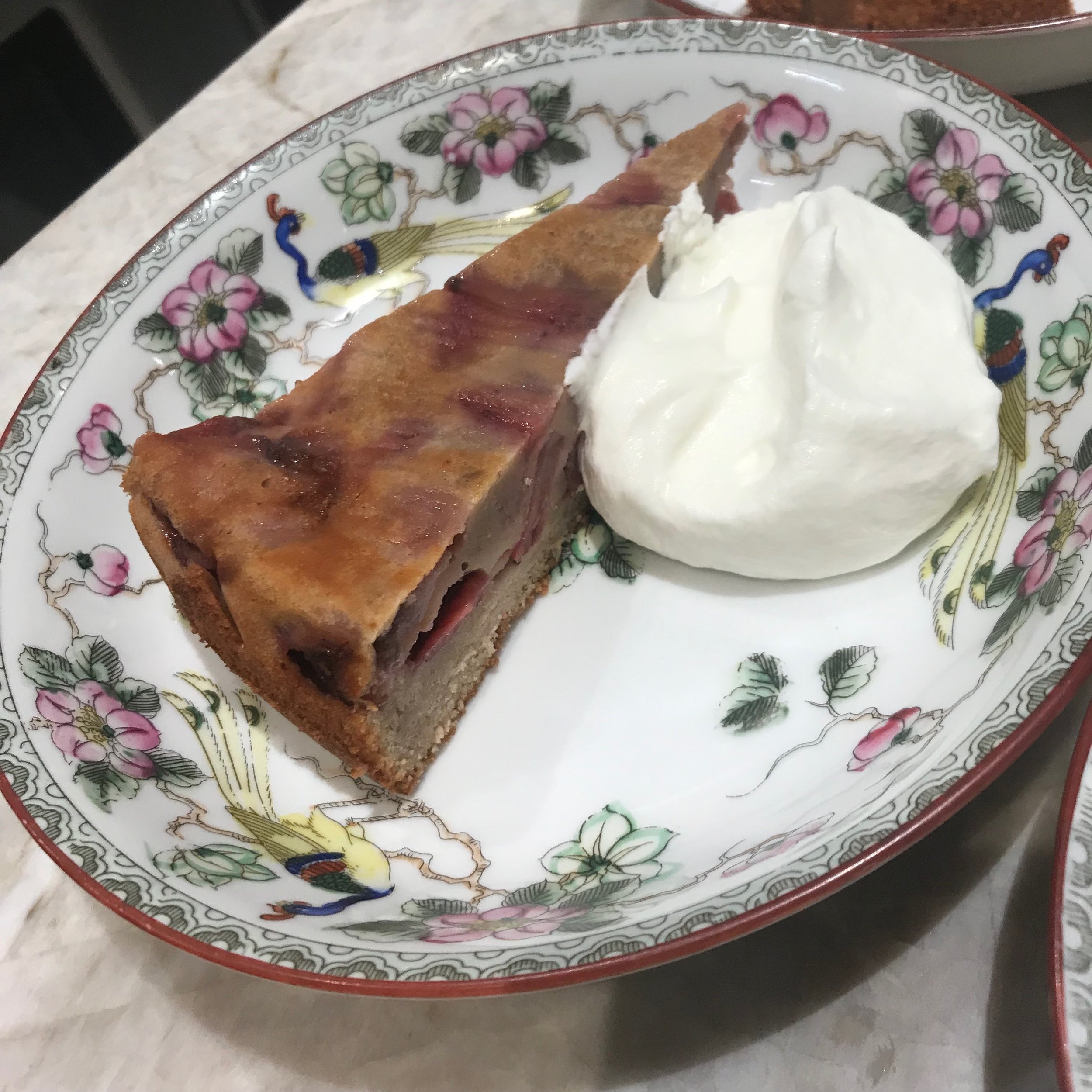If you follow my personal page on Facebook, I’ve shared my obsession with the new cultural arts center in New York City called The Shed, which is neighbor to the incredible M.C. Escher-like staircase matrix called the Vessel.
The Shed reminds me of a modern-day covered wagon in appearance. It has gigantic ‘wheels’ that can move the tarp-like covering off and onto the structure. Diverse art exhibits, music and dance performances, cultural workshops, installations, and lectures all have a home here. It’s so exciting to welcome a new space like this into the cultural landscape of New York City.
The Shed opened a few months ago with a commissioned art installation/music performance called Reich Richter Pärt. An Estonian composer collaborated with a German artist for a futuristic mashup steeped in history. It reminded me of the second act of the Broadway musical “Sunday In The Park With George.”
Charles Haugland writes “Georges Seurat, the painter whose work inspired Sunday in the Park with George, is most often associated with the movement of Pointillism, but Seurat did not use that word himself. Neither a follower of Impressionism or Expressionism, Seurat called his theory “chromoluminarism” (“color-light-ism”). Impressionists wanted to capture a fleeting moment. Seurat wanted to break down the composition of an image to its tiniest elements, and then recombine them. He wanted to change the way we perceived the world around us.
In Sunday in the Park with George, Seurat's legacy carries on in act two through his greatgrandson George, a postmodern 1980s artist who is creating light sculptures he calls “chromolumes.” The Richter and Pärt exhibit/performance had two ‘acts’ as well. In the first part, the audience walked through a cavernous warehouse with floor to ceiling paintings decorating the walls. The paintings looked like technicolor Rorschach works. Just as we were all getting lost in the paintings, a plain clothes choir began milling around the room singing Gregorian chant-like heavenly melodies. This underscoring enhanced our visual experience of the art putting sound to the experience of our eyes.
The second ‘act,’ reversed this process. The audience filed into another warehouse like room whose walls were wrapped in continuous rainbow lines, we found a stool or a sitting place, and we were greeted by an orchestra. Our ears were filled with music that then grew into a visual wall of brightly colored lines projected onto a screen behind us.
It was like the whole room developed a beautiful case of chromesthesia, the form of synesthesia that associates tone sounds with colors. (Synesthesia is a perceptual phenomenon in which stimulation of one sensory or cognitive pathway leads to automatic, involuntary experiences in a second sensory or cognitive pathway.)
As the music changed pitch and speed, the lines multiplied, folded on themselves, and became mirrors. The lines grew into intricate patterns resembling Turkish carpets or some otherworldly background of a video game. As the music found its way home to a resolution, the screen returned to its brightly colored lines and the performance came to an end.
I think the point of art is to stimulate our imaginations, transport us to another time or place, and to make us think. Richter and Pärt achieved this in spades. Like Seurat broke down the composition of an image to its tiniest elements, and then recombined them, these gentlemen achieved that with their music and light images. They too, changed the world around us.
It was a hypnotic and mesmerizing experience. Sadly, the exhibit/performance has ended in New York, but it’s something I will think about for a long time. Good art stays with us.
Good food stays with us too. As a food writer, I think I’ve written more about strawberries than any other ingredient. My relationship with the strawberry is bound by childhood memories of our huge strawberry patch in Missouri. I eat a strawberry and I become a five year old picking these ruby fruit jewels with my parents and sister.
This recipe for a Strawberry-Marsala cake is a work of art in itself. And it’s the perfect way to usher in June and what looks to be a glorious summer! Charlotte Druckman’s recipe ran in the New York Times Cooking section a few weeks ago. It’s custardy almost like a clafoutis. I couldn’t find marsala in my local liquor store but I researched substitutes and used a Pinot Noir. Who knew?
Strawberry-Marsala Cake
INGREDIENTS
9 tablespoons/125 grams unsalted butter, plus more for greasing
1 ¼ pounds/565 grams fresh strawberries
¾ cup/150 grams superfine sugar, plus more as needed
4 extra-large eggs, whites and yolks separated
¾ cup/180 milliliters sweet Marsala
1 cup plus 2 tablespoons/150 grams all-purpose flour
¼ teaspoon baking powder
Heaping 1/8 teaspoon fine salt
Confectioners’ sugar, for dusting
Freshly whipped cream or vanilla ice cream, for serving
PREPARATION
Brown the butter: Melt the 9 tablespoons butter in a small saucepan over medium heat, swirling it occasionally. As it melts, the butter will sizzle and foam. Continue cooking until the foam dissolves and the solids turn golden brown, about 5 minutes. (If the butter is spattering too much, reduce the heat a bit, and watch carefully to make sure it doesn’t burn.) Remove it from the heat and allow it to cool.
Heat the oven to 400 degrees. Grease a 9-inch square cake pan with butter, line it with parchment, then grease the parchment.
Hull the strawberries and slice them lengthwise, 1/4-inch thick. Toss them in a bowl with 2 tablespoons superfine sugar and set aside while you prepare the batter. (If strawberries aren’t in season and yours are underripe or less sweet than they should be, you may want to add 1 to 2 additional teaspoons superfine sugar.)
In a large bowl, whisk the egg yolks and 5 tablespoons superfine sugar together until pale. Whisk in the browned butter (scraping to include the solids, if you like), then whisk in the Marsala until incorporated. In a medium bowl, combine the flour, baking powder and salt. Sift over the batter and gently whisk to combine, smoothing out the lumps as best as you can.
Using a stand mixer fitted with the wire whip on medium speed, or an electric beater, or simply a whisk and a bowl, beat the egg whites until they form soft peaks. Slowly add the remaining 5 tablespoons superfine sugar while beating to form a shiny meringue with stiff peaks, 5 to 7 minutes. Gently fold 1/3 of the meringue mixture into the batter, followed by the rest, then fold in the strawberries, using a slotted spoon to add the berries to the batter, leaving any strawberry juices behind.
Pour the batter into the prepared pan and bake until the top is golden and the cake is springy to the touch, 30 to 33 minutes.
Dust with confectioners’ sugar and serve right away with some freshly whipped cream or vanilla ice cream.

